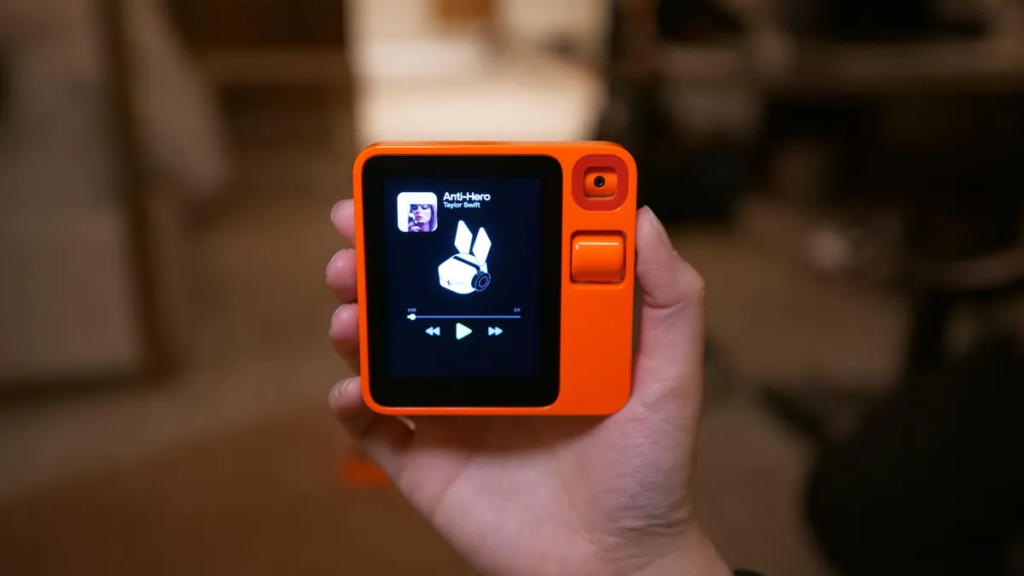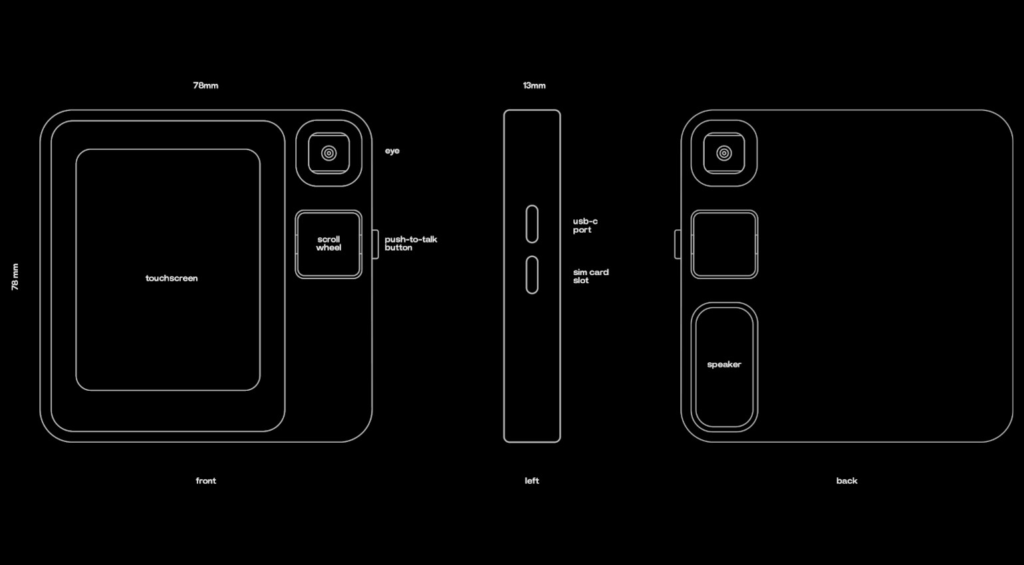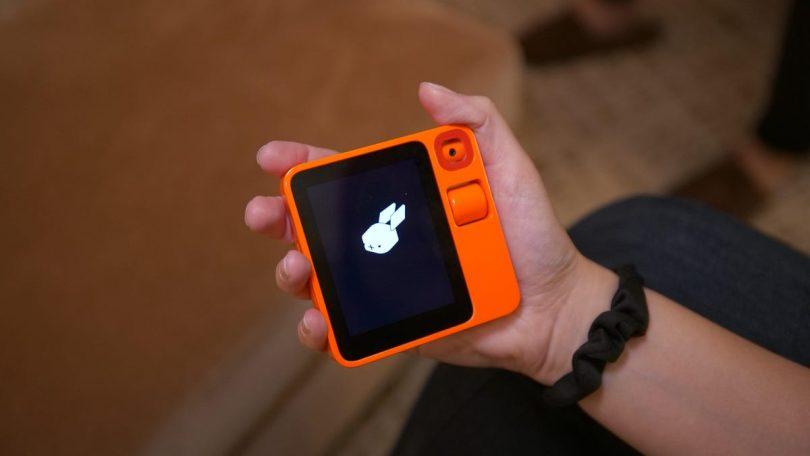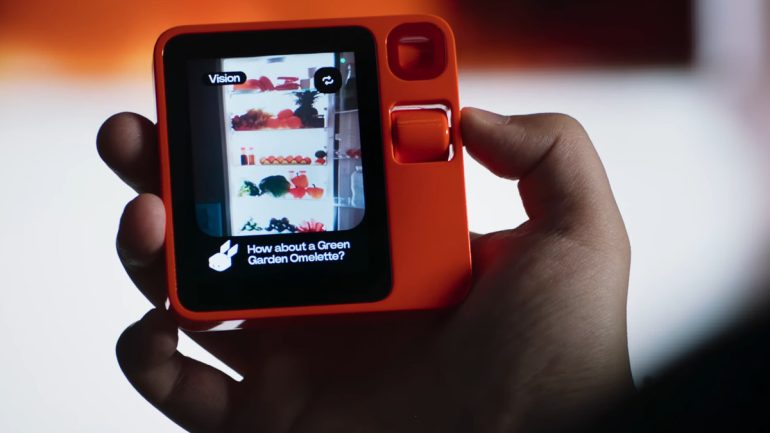
In a world dominated by app-based operating systems, the Rabbit R1 AI Assistant emerges as a game-changer, rewriting the rules of user experience (UX). The Rabbit R1 was recently launched by Rabbit Inc., run by CEO Jesse Lyu. This AI-assistant gadget has gained significant attention and sold out 10,000 units within a single day. Let’s take a closer look at how the decisions made by the Rabbit R1 team showcase smarter UX practices.

Nostalgic Design
The design of the Rabbit R1 is described as nostalgic and retro, which is attributed to the involvement of the well-known design firm Teenage Engineering. The device’s compact and cute appearance reflects a departure from the typical modern smartphone, aiming to create a unique and nostalgic user experience. This design approach sets the Rabbit R1 apart from conventional consumer smart devices and aligns with the company’s vision of reimagining the digital experience with a pocket companion that upturns the dominance of smartphones in our lives. This intentional choice goes beyond aesthetics; it taps into nostalgia to foster a positive user perception contracting peoples perceived fear of AI.

Power in Simplicity
R1’s mission is to eliminate traditional app interactions. With a touchscreen, push-to-talk button, and an analog scroll wheel, the R1 paves the way for a more user-friendly and intuitive method of navigating our digital world. This strategic decision aligns with the UX principle of simplifying user journeys and reducing friction in interactions. The device aims to make technology invisible yet omnipresent, seamlessly integrated into our lives without the constant need for screen interaction, thus encouraging a lifestyle where users are not constantly distracted by notifications and can be more present in the moment. The R1 provides a unified, voice-driven experience that brings a new level of simplicity and elegance to tech-heavy lives, eliminating the need to scroll through pages of apps, remember passwords, or toggle between different interfaces. This approach aims to create a more organized, less cluttered digital life, where users no longer have to manually navigate app interfaces, as the AI learns to use the apps on their behalf.

Cute, Not Scary
The R1’s adoption of a cute rabbit persona for its personal assistant is more than a visual choice. It’s a conscious effort to make AI less intimidating. By incorporating a friendly interface, the R1 team has applied psychological considerations to enhance the overall UX. Come on, this adorable AI would never take over the world… right?

Privacy First
Privacy concerns are paramount in today’s tech landscape. The Rabbit R1’s commitment to a dedicated and isolated environment, coupled with a strict no-data-collection policy, showcases a proactive approach to address user apprehensions. This decision resonates with the emphasis on user trust and a user-centric experience.

Grandma Approved
The R1’s design philosophy of being sleek, pocketable, and accessible to users of all ages helps bridging generational gaps. By focusing on simplicity, the R1 becomes a device that transcends age barriers, a testament to the team’s dedication to inclusive UX. I can totally see my grandmother using this. Its simplified interface and voice-driven experience eliminate the need to navigate through complex app interfaces. This design approach aims to create a more organized, less cluttered digital life, where users can interact with technology as naturally as having a conversation with an old friend (something Google Home and Alexa were supposed to do for us).
How to Teach Your AI
Yes, thats right – you can teach your AI device how to perform new repeatable tasks. This smart decision to allow users to train the AI to learn new tasks adds a layer of personalization to the device. It aligns with UX best practices, acknowledging that a personalized experience leads to higher user satisfaction and engagement.
In a market where similar devices demand higher price points, the Rabbit R1 is priced at $199, making cutting-edge AI technology accessible to a broader audience without hidden fees or subscriptions.
The Rabbit R1 is more than a device; it’s a glimpse into the future of human-machine interaction. By prioritizing user experience, embracing nostalgia, and pushing the boundaries of AI, the R1 has set a new standard for what a pocket-sized companion can achieve.
Here are some questions to ponder over: How will AI devices continue to evolve? And, how will this change the way UI/UX designers build solutions in the future?
 The Genius UX Of Rabbit R1: A Revolutionary AI Assistant
The Genius UX Of Rabbit R1: A Revolutionary AI Assistant